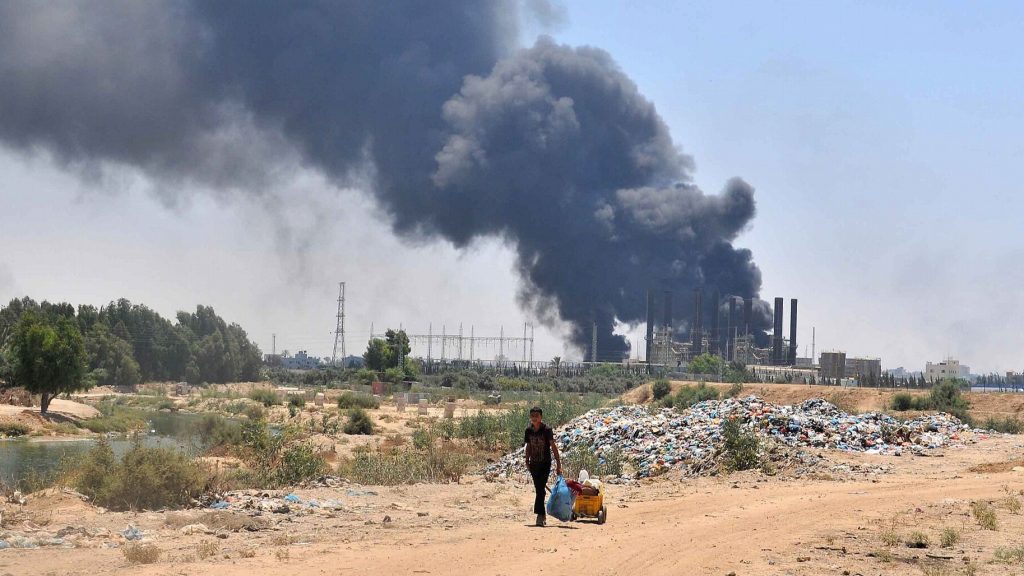Following a massive U.S. airstrike on its nuclear facilities, Iran has warned of a potentially unrestricted response. American forces and interests across the Middle East could be at risk.
Others are reading now
Tensions in the Middle East have escalated dramatically after Iran issued one of its starkest warnings yet in the wake of a major U.S. strike.
Tehran now says that “no more red lines” remain, signaling the possibility of a broad and unrestrained military or strategic response.
U.S. Bases and Regional Interests in Tehran’s Crosshairs
According to Digi24, Iran’s Revolutionary Guard has accused the United States of placing itself “on the front line of aggression” following its strike on Fordow, Natanz, and Isfahan nuclear sites.
Though Iran evacuated the targeted facilities ahead of the attacks, officials now warn that retaliation could extend to over 40,000 U.S. troops stationed across the region.
Also read
Strategic American installations—particularly Al Udeid Air Base in Qatar and the naval headquarters in Bahrain—are considered potential targets.
These bases host thousands of personnel and serve as operational hubs for U.S. military operations in the Middle East.
A History of Escalation and a Warning for the Future
Iranian-backed forces have previously targeted U.S. bases. In 2020, a missile attack on Iraq’s Al-Asad base injured dozens of American troops.
In January 2024, a drone strike on Tower 22 in Jordan killed three U.S. soldiers.
These incidents highlight Tehran’s capability and willingness to act, especially amid heightened tensions.
Beyond military assets, Tehran could target vital economic arteries.
The Strait of Hormuz—through which a significant portion of the world’s oil supply transits—remains a potential flashpoint. Any disruption there could have far-reaching global economic consequences.
While the full scope of Iran’s next move remains uncertain, officials in Tehran have made it clear: all options are on the table, and no limits remain on the scale or targets of its response.


